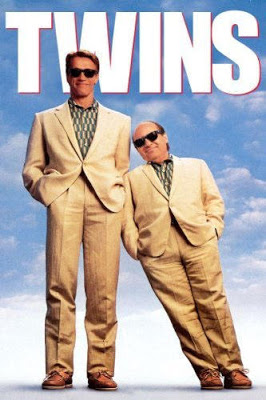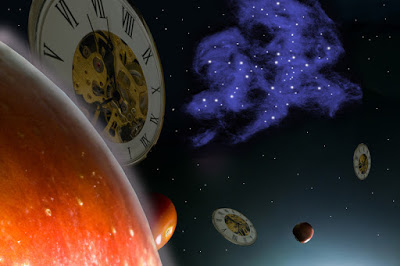Warp speed ahead!
In my most recent set of posts I have been talking about Bradford Hill’s criteria for causality (see here for first post). So far we have covered strength, consistency, specificity, temporality, dose-response, and plausibility. Today we are going to talk about Coherence – the seventh criterion.

The association should be compatible with existing theory and knowledge. In other words, it is necessary to evaluate claims of causality within the context of the current state of knowledge. What concessions do we have to make in order to accept a particular claim of causality? Too much, too little, or just right?
As with the issue of plausibility, research that disagrees with established theory and knowledge are not automatically false. They may, in fact, force a reconsideration of accepted beliefs and principles.
In his Special Theory of Relativity, Einstein states two postulates:
1- The speed of light (about 300,000,000 meters per second) is the same for all observers, whether or not they’re moving.
2- Anyone moving at a constant speed should observe the same physical laws.
Putting these two ideas together, Einstein realized that space and time are relative — an object in motion actually experiences time at a slower rate than one at rest. Although this may seem absurd to us, we travel incredibly slow when compared to the speed of light, so we don’t notice the hands on our watches ticking slower when we’re running or traveling on an airplane. Scientists have actually proved this phenomenon by sending atomic clocks up with high-speed rocket ships. They returned to Earth slightly behind the clocks on the ground.
Not convinced? Watch Einstein’s Time is an Illusion for addtitional insight.
Still not convinced? That’s OK. Often fundamental changes to basic concepts of a scientific discipline take time for people to understand and adopt as a belief. This is referred to a paradigm shift.
Bottom line is that the cause-and-effect interpretation of your data should not seriously conflict with the generally known facts of the base of knowledge in your field of study – but there is wiggle room here!
Watch the movie trailer for Coherence to confuse you even more and…
… I’ll see you in the blogosphere.
Pascal Tyrrell








